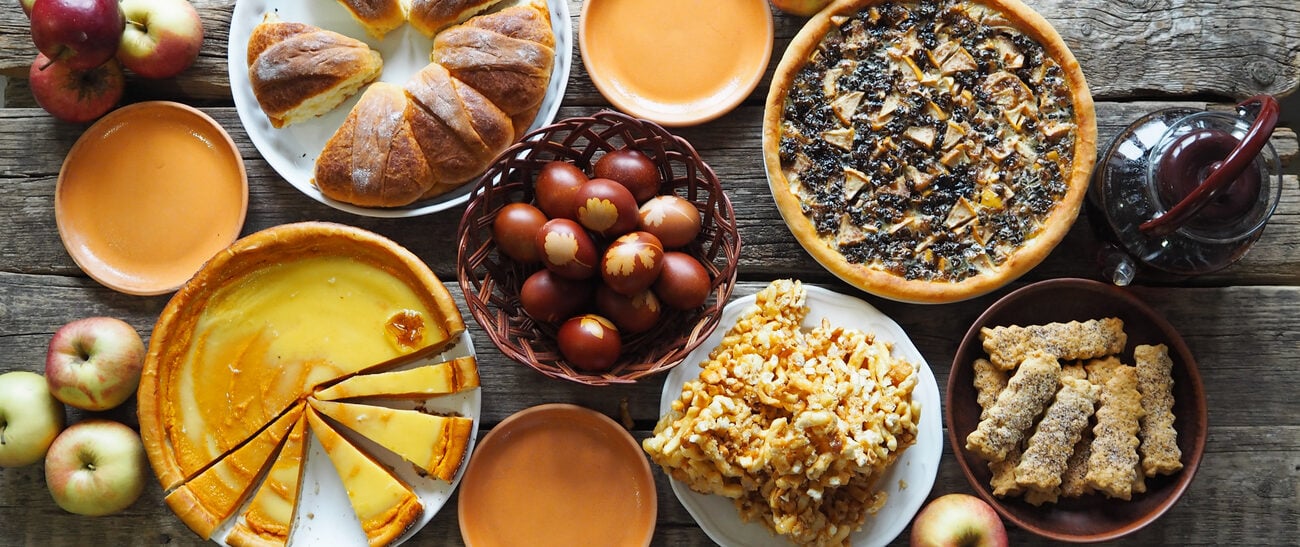There’s no substitute for home-grown, home-cooked. Be the toast of the party when you follow the guidelines here of all the food items you can fly with, and how.
There’s no substitute for home-cooked. There’s a huge appeal to bringing regional treats and specialties when you’re visiting for the holidays, whether it’s a taste of home for the recipient or you’re serving as your area’s ambassador in hopes that a magical pie can convince your loved ones to move out to you.
But what can you actually fly with? The last thing you want to do is carefully, lovingly package up a food item, create excitement around it by telling everyone to expect it, only to have it confiscated and sent to the TSA dumpster! UK-based SEO agency Rise at Seven shared with us what foods can or won’t make it through the security lines, and the results might just surprise you!
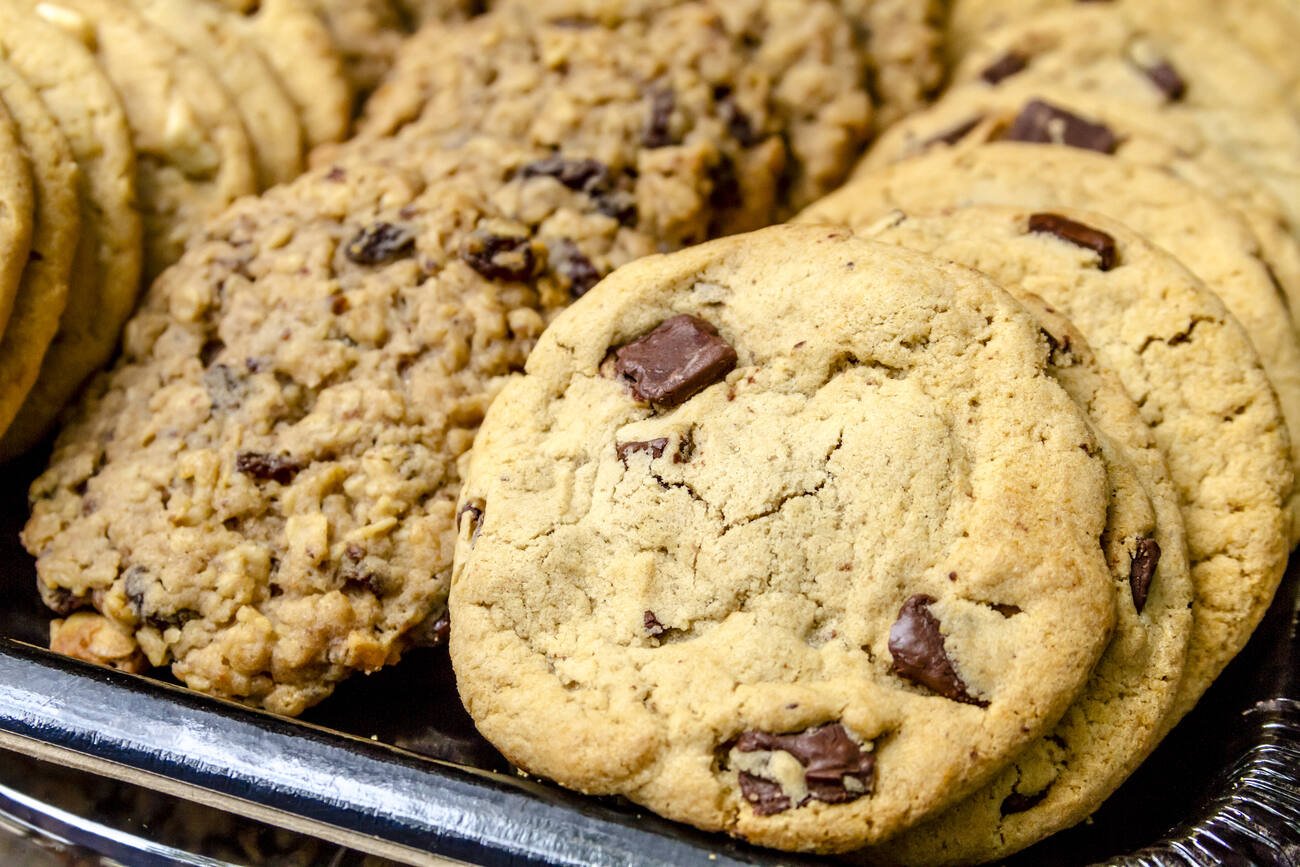
Baked Goods
Dessert is a time-honored, practically universal host/ess gift—so much so that many businesses have taken to shipping theirs. But if you’re hopping a flight, you can save a lot of dough by bringing your own … as a carry-on! Properly packaged backed goods, whether they’re store-bought or homemade, can be brought through TSA checkpoints. Just make sure they’re wrapped tightly and properly to withstand jostling … and although security officers may not be able to accept any unsealed snacks, maybe bring some extras to thank your flight crew.
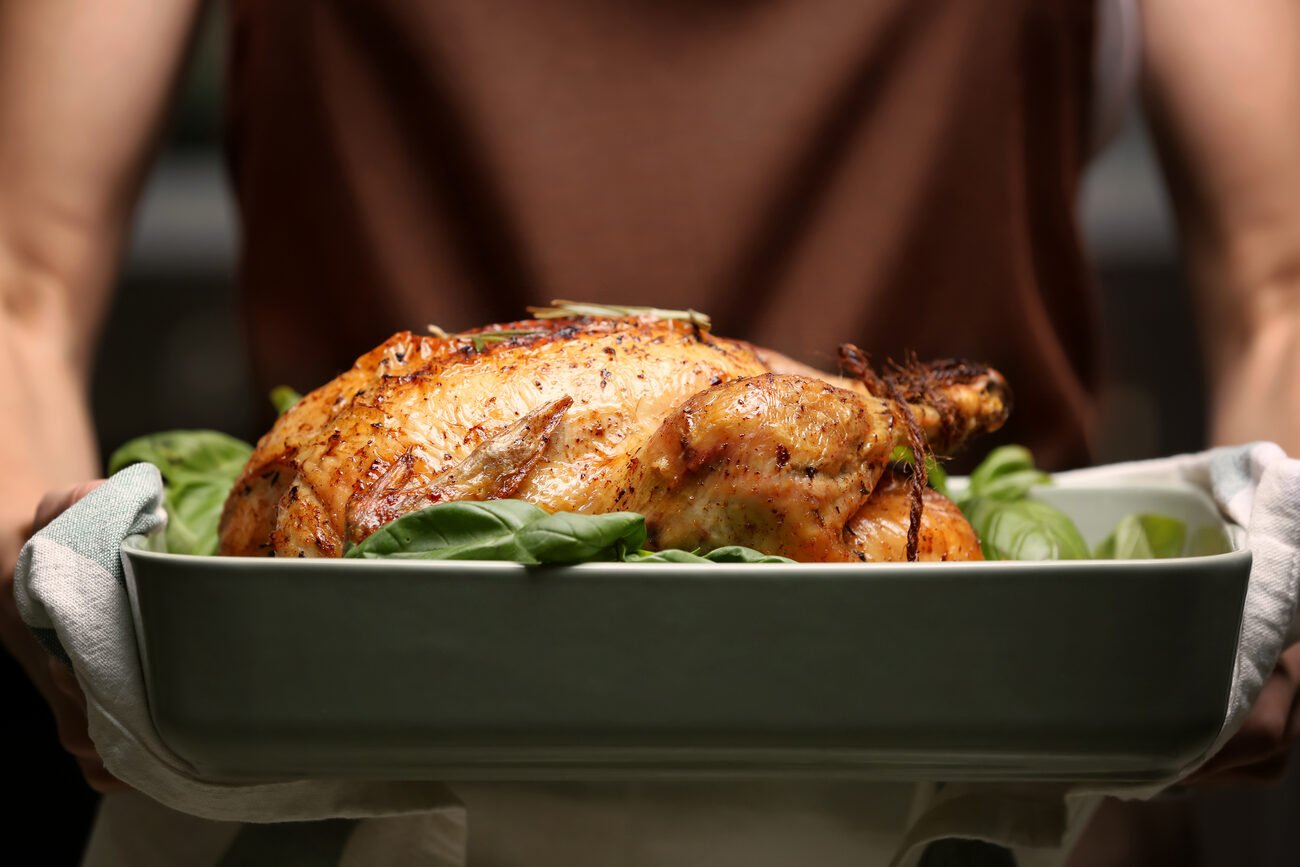
Meats
Surprised? So were we! But apparently, frozen and cooked meat are security-safe. Again, you’ll want to make sure all packaging is secure and as airtight as possible to avoid escaping aromas in a confined space like a plane, as well as any leakage. Raw meats are also permissible, but a risky endeavor for health and safety reasons, as well as the greater likelihood that security might stop you since it’s a less familiar form.
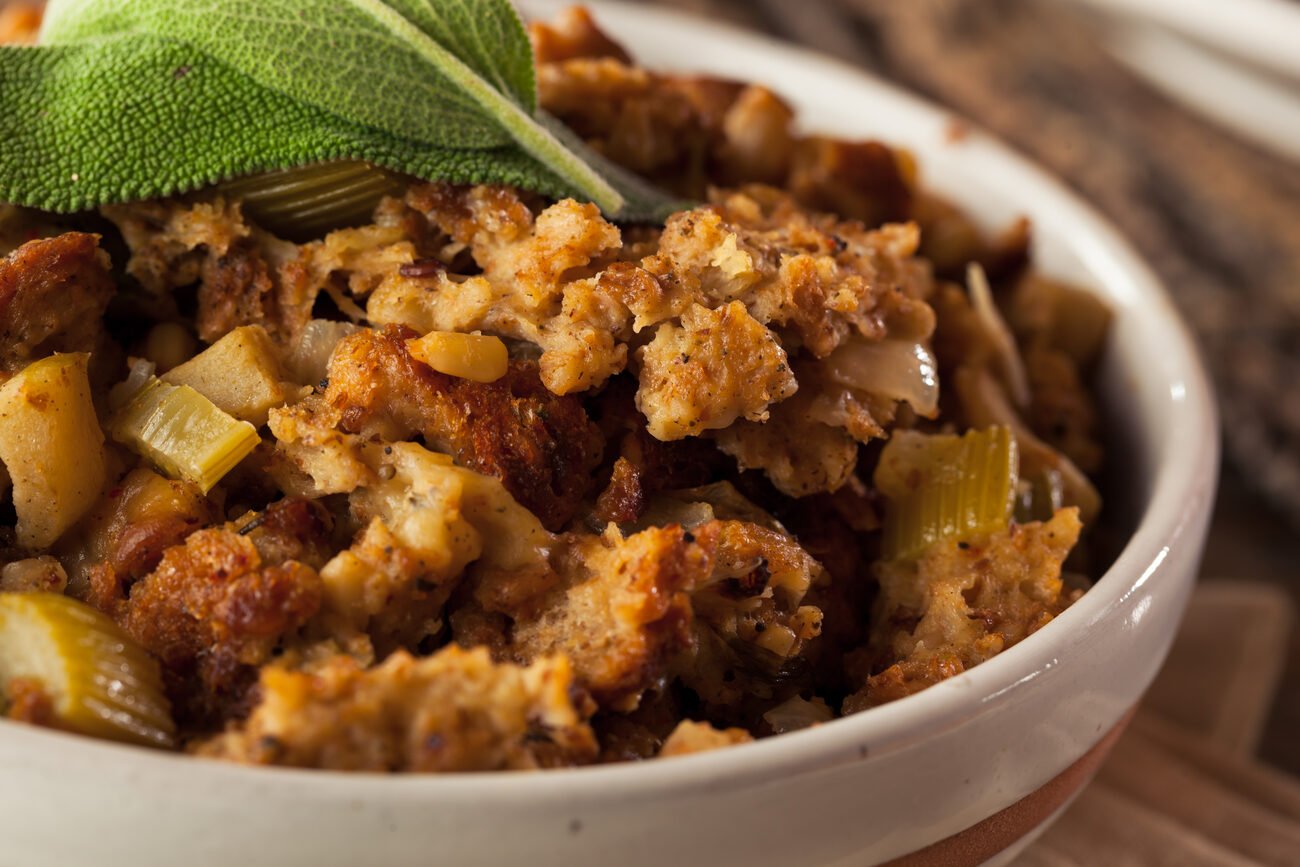
Stuffing
This classic side dish is one that’s subject to a lot of interpretation. Luckily, the rules around bringing your own famous recipe, pre-made and ready to heat or prepare are not! If it’s in a box or a bag, whether it’s cooked or not, you can BYO stuffing to any gathering, saving it from being too mushy, too dry, or having the “wrong” spice or ingredient blend.
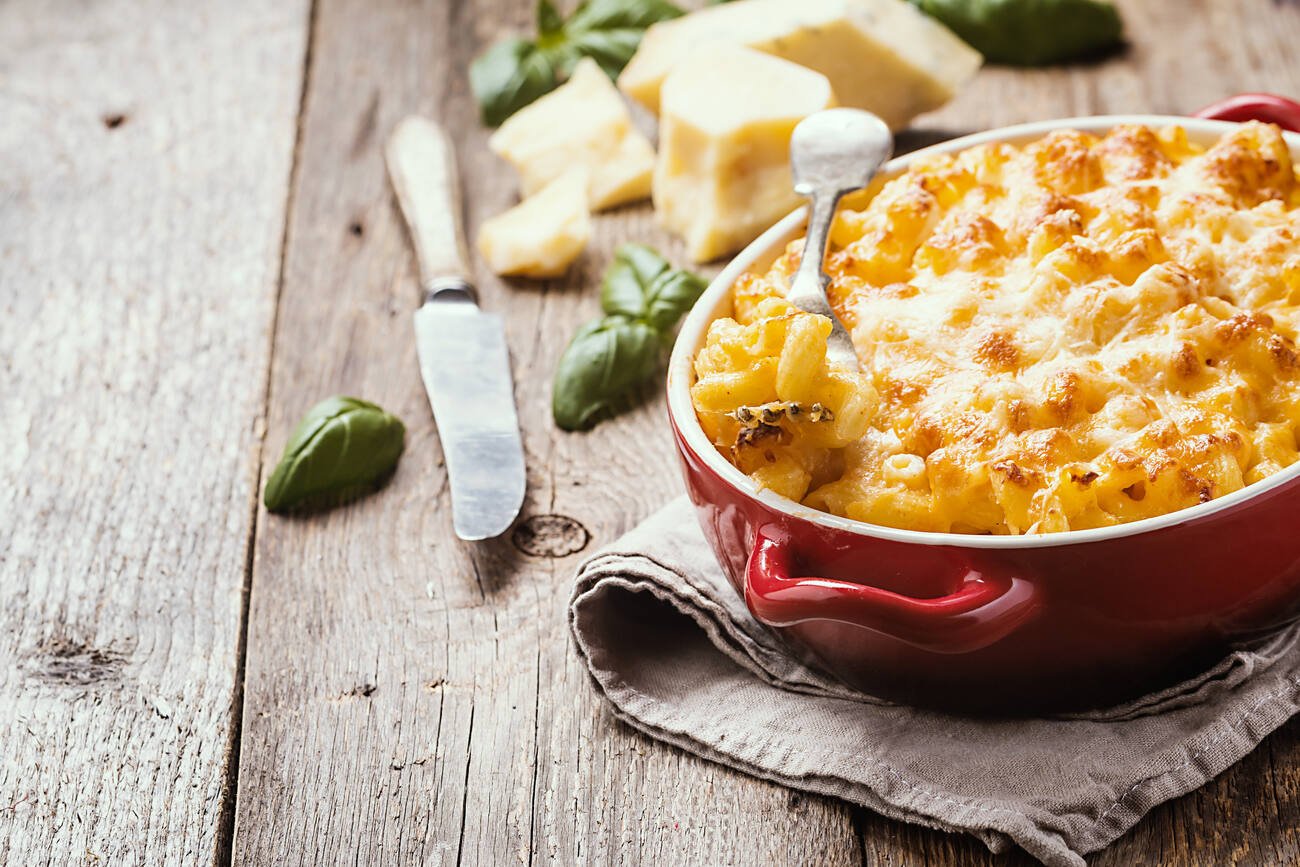
Pasta Dishes
Whether your proudest pasta rendition is of macaroni and cheese or a beautiful baked ziti, your noods can be safely seen through security. Make sure it’s not too saucy lest it get confused for a liquid (you never know!) and to safeguard against drips. You’ll want to encase it in something well-sealed. Those aluminum catering trays with lids may be fine on their own for a car ride, but for a flight, especially as an item that should go on your lap, you’ll want a clear plastic bag, double-knotted, to keep things in their place.
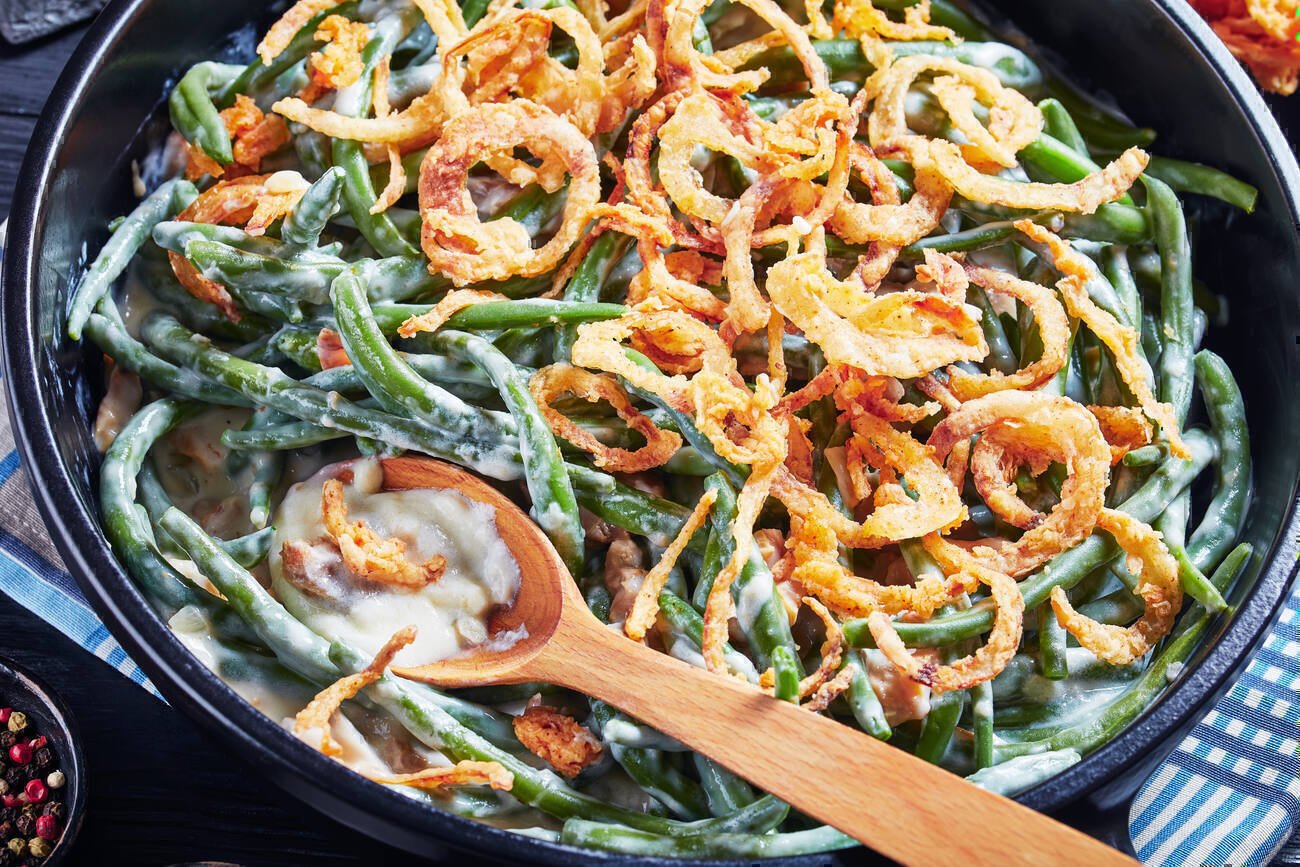
Casseroles
Same as with pasta dishes, packaging and a rendition that’s perhaps lighter on the sauce than usual will be important for getting your green beans, cottage pie, cabbage rolls, breakfast hashes, or the like through the security lines. Another tip is to prepare it in a container that’s not breakable. Stoneware is traditional and beautiful, but dropping it at the airport would be a disaster on so many levels.
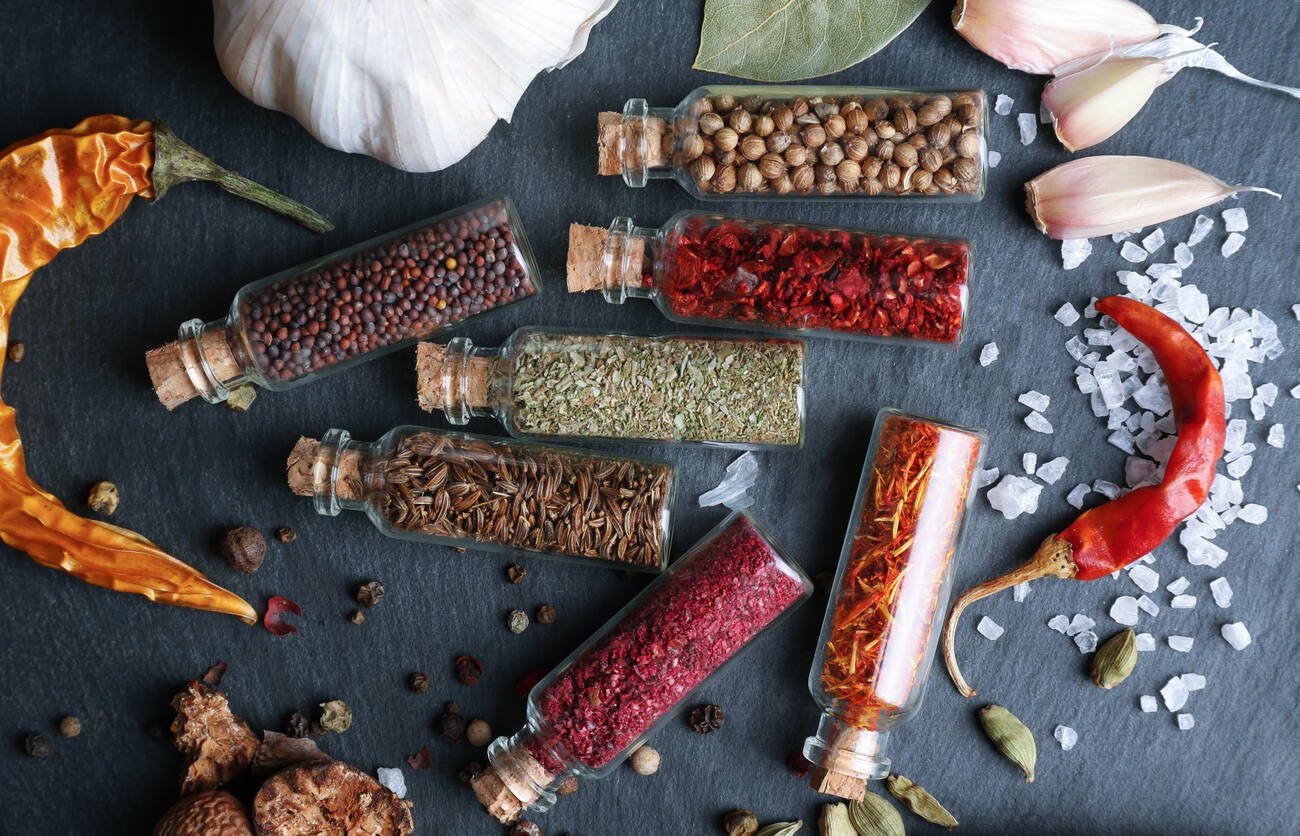
Dry Ingredients
Need your own special blend of herbs, spices, rubs, or even a custom bag of cheese shreds? Or is there a special type of cheese that’s renowned in your area and not as readily accessible to others? Well, don’t you worry, because as a solid, cheeses count as a dry ingredient on par with spices. Keep it as cold as possible before you depart to protect against melting, and wrap it tightly. With herbs and spices, make sure they are jarred appropriately and very clearly labeled … you definitely don’t want your dry green leaves to undergo a case of mistaken identity!
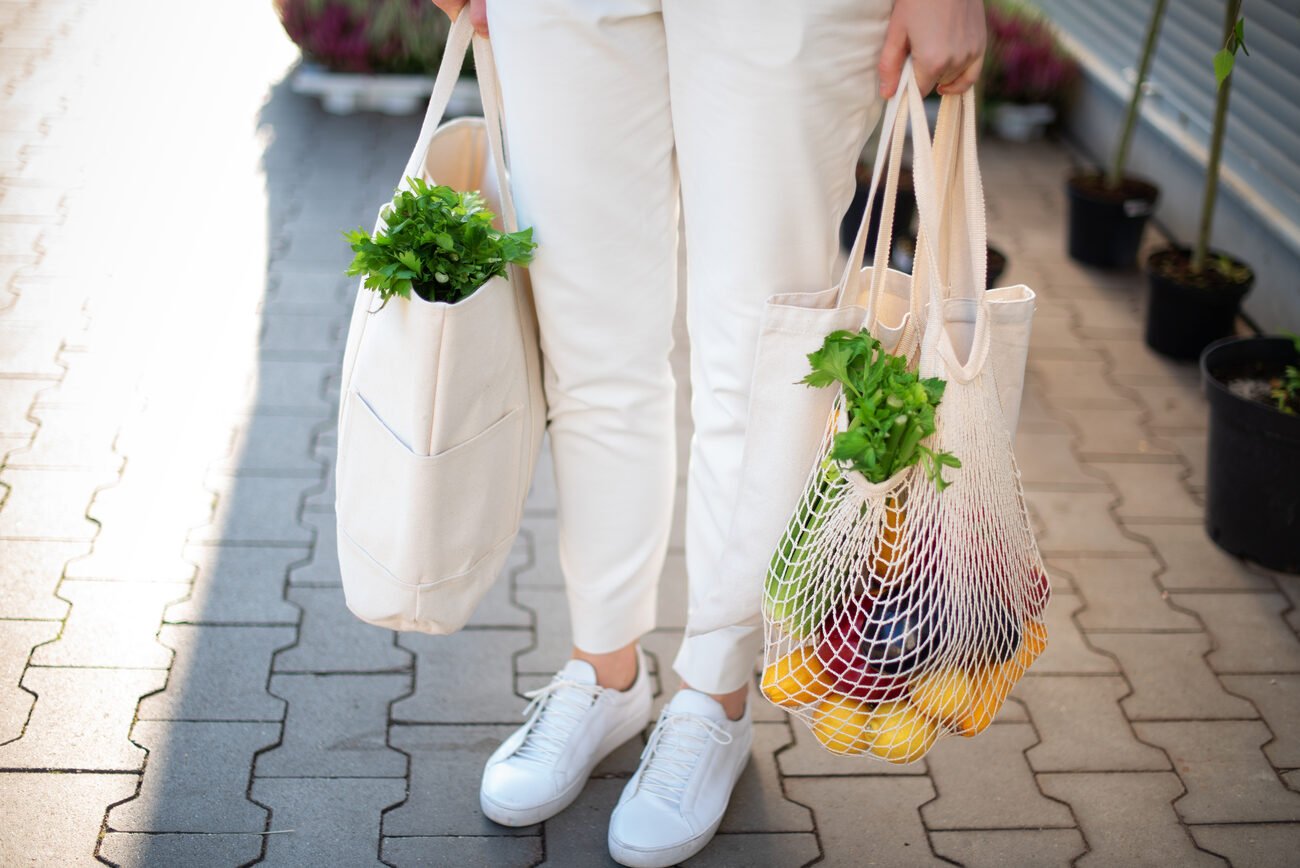
Fresh Fruit & Vegetables
Domestically, you can travel with fresh fruit or veggies … within reason. Internationally, though, desist. The reason there are agricultural rules around bringing produce across borders is because you could unknowingly carry invasive species in their leaves or peels, and that can cause catastrophic damage to our food supply chains. Some bugs don’t have to be visible in order to travel, and disease that can affect local vegetation is often undetectable. But thanks to our global access to ingredients, you ought to be able to find most of what you need at your destination, so although you can bring fruits and vegetables, try to limit it to say, snacks you might consume at the airport or on the plane as opposed to all of your groceries!

Candy
Worried that Grandma’s treat bowl of hard candies might be running low? Or just seeking to replenish it since the last time you or the kids cleaned it out? Or maybe you’re just looking to bring along some artisan truffles or chocolate-covered macadamia, both of which are favorite gift items our traveling staffers like to pick up. Either way, solid-form candies and sweet treats are A-okay.
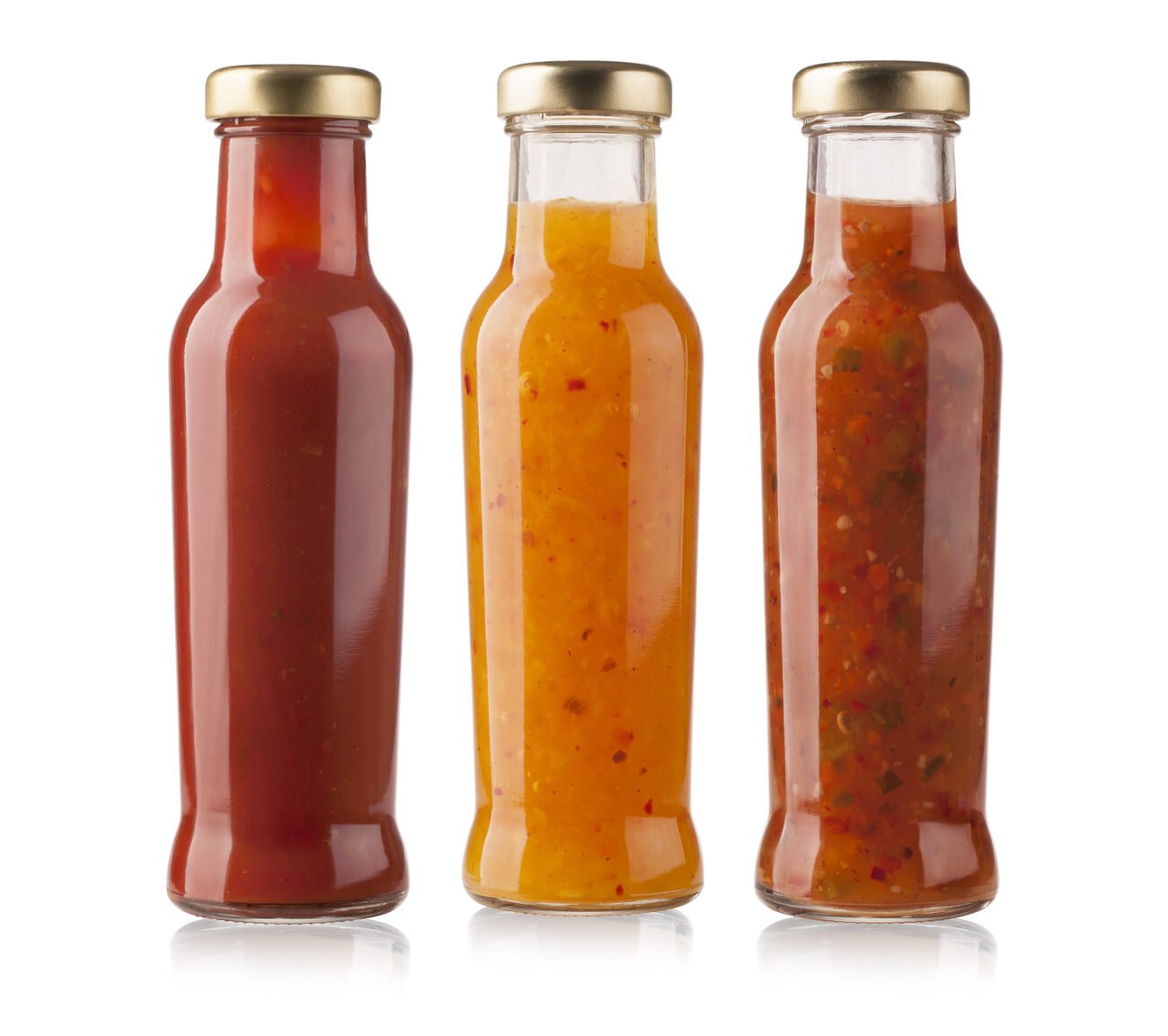
Sauces
Lots of times, it’s the sauces that hold the magic for a special holiday meal, whether it’s an heirloom cranberry sauce or secret recipe gravy. Thick as they can be, they are considered liquid, so you can’t bring them in your carry-on. However, you are allowed to check them into your luggage. Just be sure to seal those jars up tightly—Mason-/Ball-style ones might be best, if not bottles—and wrap them up in first a sealed plastic bag then bubble wrap or towels to keep them from breaking in transit. Because even before the meal, sauces are better on a plate than on your shirts.
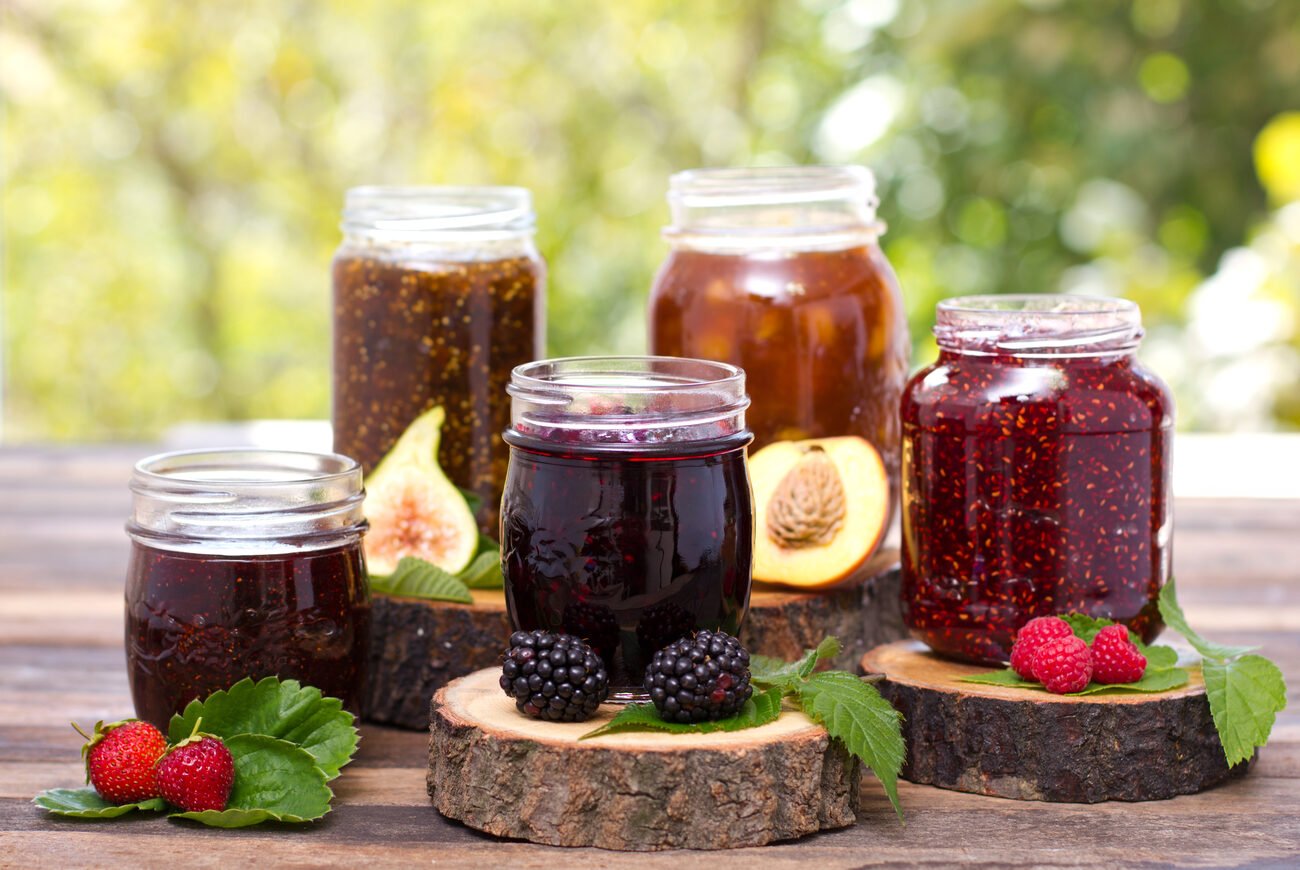
Canned and Jarred Items
Great news! Your cans can travel with you! But most canned items, including fruit or vegetables, are kept shelf-stable with liquid, so they have to be checked. And similar to cranberry sauce, as gelatinous as preserves, jams, and jellies are, they are still considered liquid as well. Keep them sealed, then go the extra mile to cushion them well when you pack it into your checked luggage to help them go the literal distance safely.

Bottled Liquids
Whether it’s something edible like maple syrup or for personal hygiene like hair gel, you can’t fly with more than 3.4 ounces of any liquid on your person. And as much as that applies to bottles of water, it also is true of bottles of booze. Check these in your suitcase and with care, if you want to bring your special syrups, marinades, or cocktail accoutrements to the party in one piece, and at all.
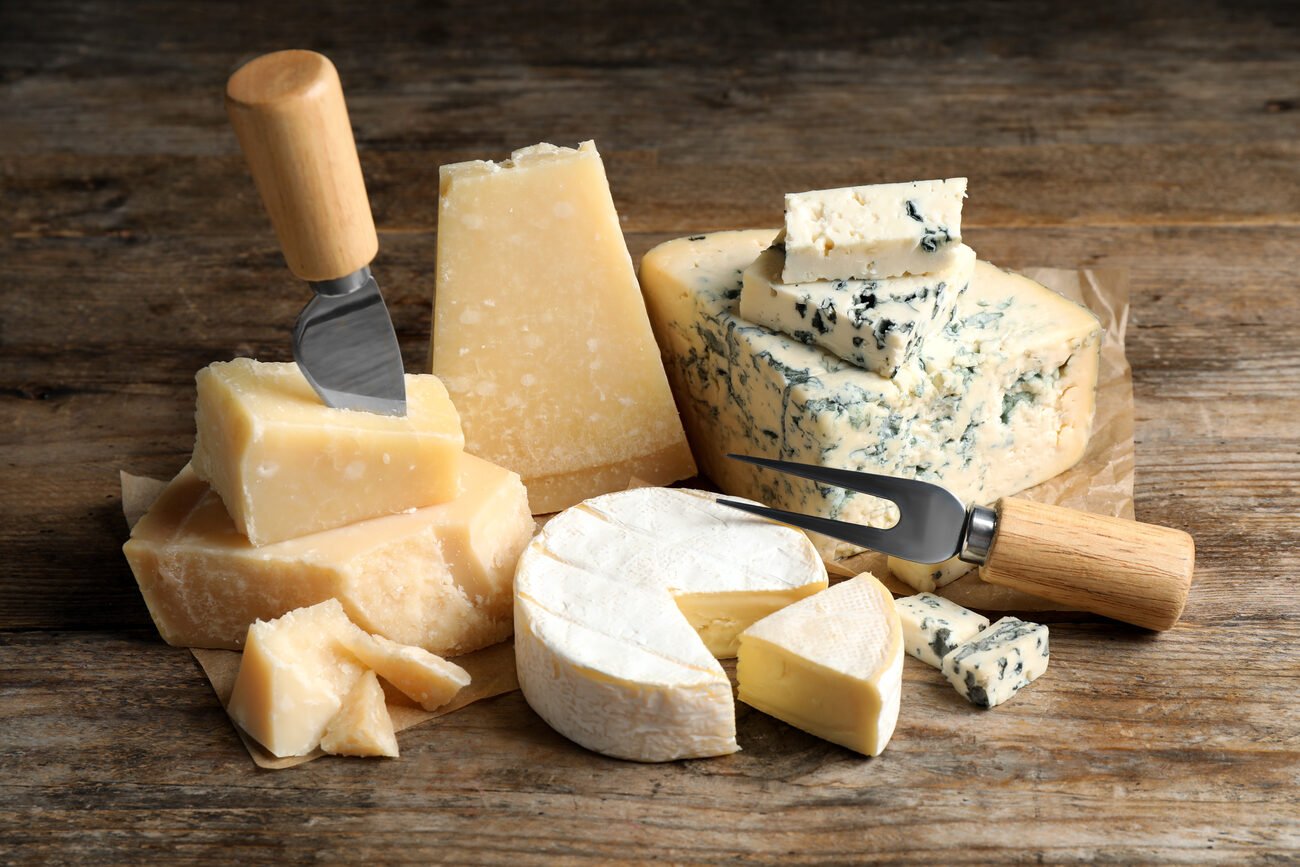
Sharp Objects
As tempting as it may be to pack your favorite electric carver, cheese slicer, or heirloom pie server … don’t. Sharp metal objects are still sharp metal objects, regardless of their purpose, and considered weapons whether you check them in your luggage to pack them with your laptop.
For other insider flying and travel tips, read stories like How to Keep Passport Delays from Affecting Your Travel Plans, Four Ways to Protect Your Customers from Travel Delays, and more ... only here on ALGV's TravelBlogue.

